What Adhesive Putties Are Good for Diamond Art Painting?
Diamond art painting has gained popularity as a creative and relaxing hobby. One crucial element in this art form is the adhesive putty used to secure the diamond drills onto the canvas.
The choice of adhesive putty plays a significant role in the overall quality and longevity of the finished diamond art piece. In this article, we will explore different types of adhesive putties suitable for diamond art painting and provide recommendations to help you make an informed choice.
Understanding Adhesive Putties for Diamond Art Painting
When it comes to adhesive putties for diamond art painting, there are several options available in the market. The most commonly used types include wax-based putties, resin-based putties, and silicone-based putties. Each type offers unique characteristics that cater to different preferences and requirements.
When choosing an adhesive putty for diamond art painting, it’s essential to consider factors such as adhesive strength, compatibility with diamond drills, ease of use and repositioning, odor and toxicity levels, as well as longevity and resistance to environmental factors. Let’s delve into each type and explore their features and benefits.
Recommended Adhesive Putties for Diamond Art Painting
Wax-based Putties:
Resin-based Putties:
Silicone-based Putties:
Comparison of Adhesive Putties
When comparing adhesive putties for diamond art painting, several factors come into play. Consider the adhesive strength and durability, ease of application and repositioning, odor and toxicity levels, compatibility with different diamond drills, as well as longevity and resistance to environmental factors.
It’s important to choose an adhesive putty that best suits your preferences and the specific requirements of your diamond art project.
Tips for Using Adhesive Putties in Diamond Art Painting
To make the most of adhesive putties in diamond art painting, follow these tips: – Properly pinch a tiny piece of putty and make it into a ball before applying it to the drill pen. –
Remove any excess putty from the pen’s tip to ensure precise placement of diamond drills. – Store the putty in a cool and dry place to maintain its consistency and adhesive properties. – If you encounter any issues with putty application, such as weak adhesion or residue, consult the manufacturer’s guidelines or seek expert advice.
Conclusion
Choosing the right adhesive putty is crucial for a successful diamond art painting experience. Consider the type of putty that suits your preferences and requirements, taking into account factors like adhesive strength, compatibility, ease of use, and longevity.
By using high-quality adhesive putties, you can ensure your diamond art masterpiece remains securely intact for years to come.
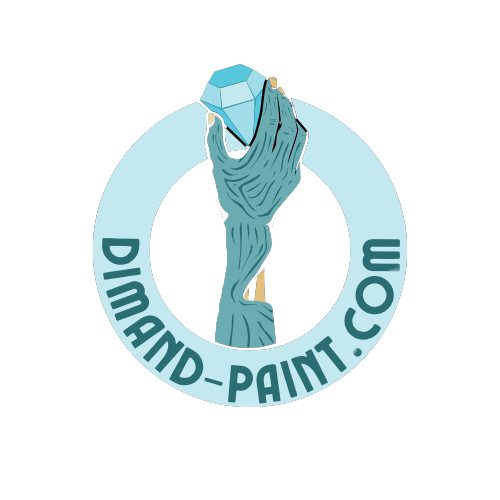
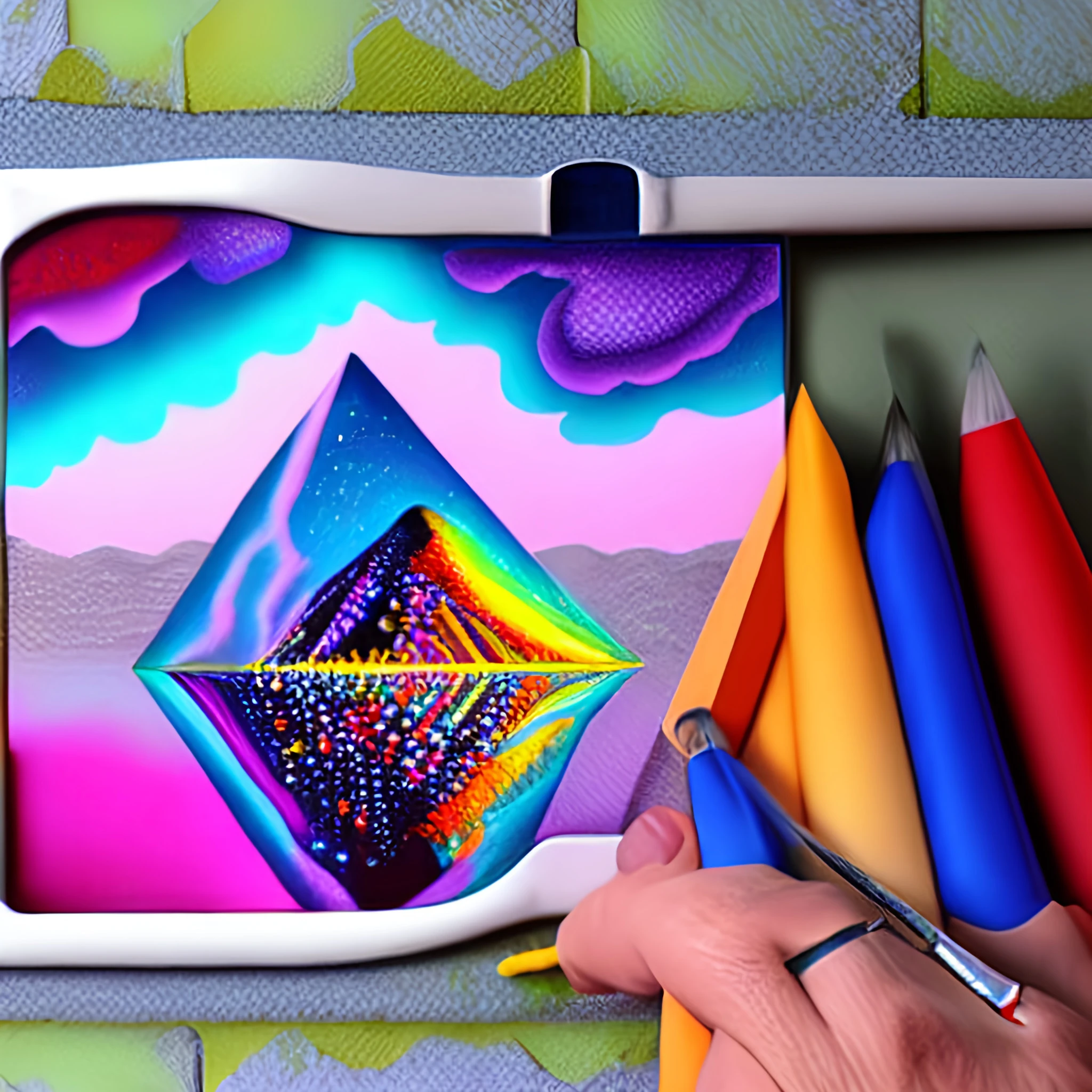

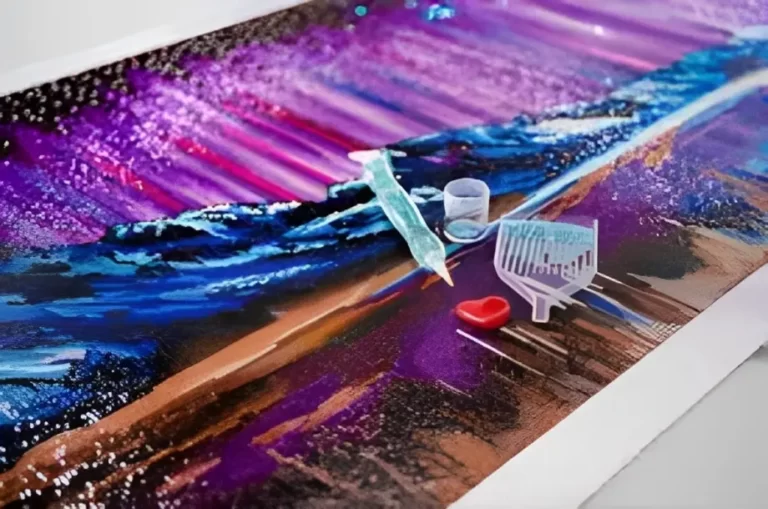

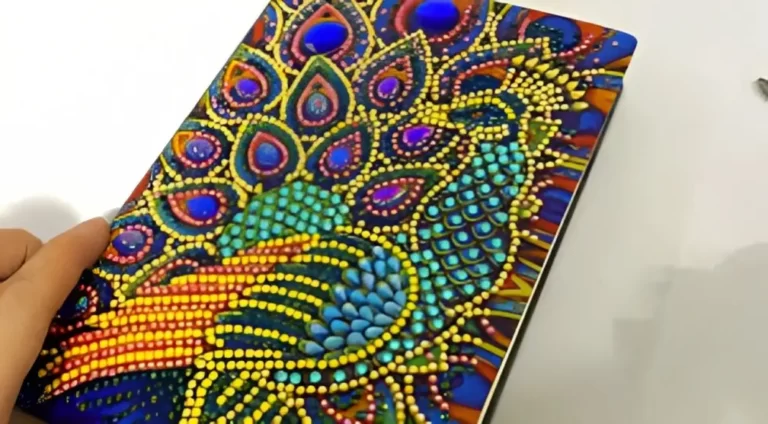

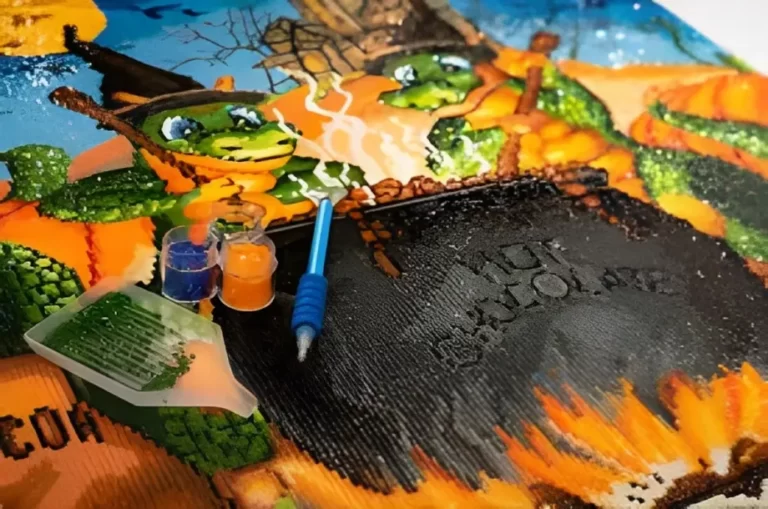
2 Comments